To grow various types of vegetable crops, berries and fruits on their personal plot, summer residents with experience use greenhouses. Inside such structures it is required to maintain a certain level of humidity and temperature. Not every summer resident has the opportunity every day to pay due attention to their greenhouse. Therefore, hotbeds are equipped with special equipment.
Greenhouse Automation provides new opportunities for owners of a suburban area. Moreover, the installation of equipment can be performed independently. This will save a significant amount of family budget.
Why do you need automation?
If a greenhouse automation systems absent in the greenhouse, this leads to some negative consequences. They should be remembered when deciding to perform all actions manually.
First of all, it should be noted that in some cases it is necessary to change the conditions inside the greenhouse every hour. Not every summer resident can devote so much time to his plants. In this case, it is required to manually open or close the window, water the crops growing here.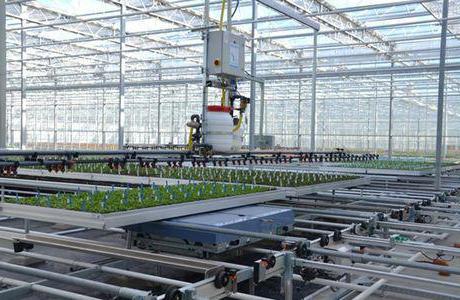
When the sun rises above the horizon, the air temperature inside the greenhouse rises. In this case, the soil remains cold. The temperature difference leads to improper fluid circulation inside the plants. It also happens that the summer resident opens a window in the greenhouse when the temperature inside reaches already + 40ºС. For plants, these are extreme conditions. At the same time, moisture is lost by them. Under such conditions, pests develop well. They cause irreparable damage to the crop.
What can be automated?
Automation of a personal greenhouse allows a summer resident to get a good harvest without a lot of time and effort. With this approach, the plants provide the most comfortable conditions for growth. With manual maintenance of the greenhouse, this cannot be achieved.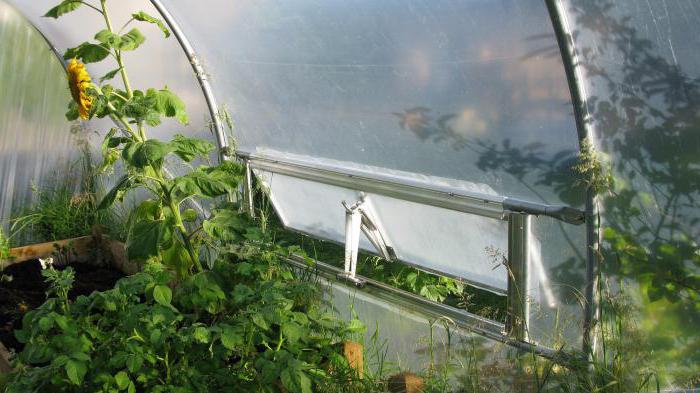
Automation is used for several basic plant life support systems. This includes ventilation, watering, lighting and heating. When choosing a system, it is possible to provide for the automation of all these processes, or only some of them.
At the same time, ventilation can be forced or natural, and irrigation is carried out with cold or heated water.
Varieties of systems
There is a private and industrial automation of greenhouses. In the first case, the summer resident independently collects all the elements of a simple system. It costs less. For the industrial cultivation of vegetable and fruit crops, expensive complex systems are used. The purchase of such equipment will be overhead.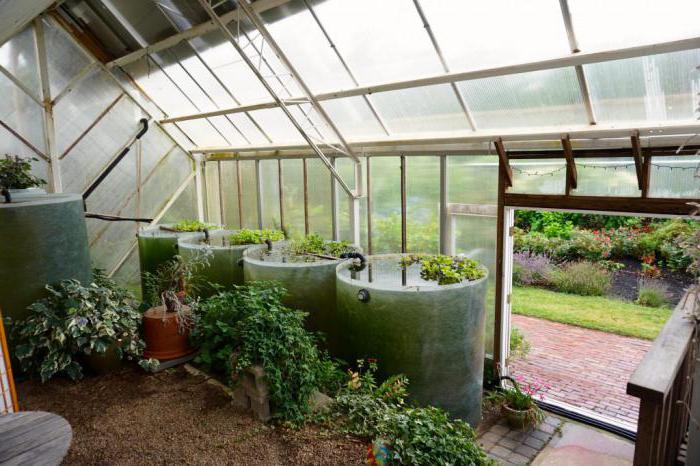
All existing automation systems can be divided into electrical, bimetallic and hydraulic. The first option is applicable to agricultural enterprises. This is expensive, accurate equipment, requiring significant energy costs.
Hydraulic systems are designed to create timely watering and ventilation. They do not need electricity. Bimetallic systems will help organize timely ventilation. However, creating automatic watering with its help will not work.
The use of electrical equipment
If the owners of the suburban area want to create a high-quality system that can control all the necessary processes inside the greenhouse, they can purchase a device with an electronic board. Such equipment needs to be connected to a network or battery.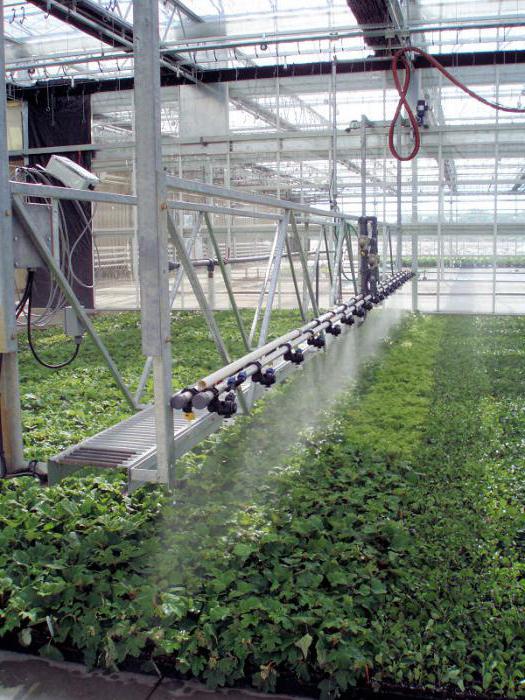
The best today in this direction are recognized greenhouse automation projects at "Anduina "(so, in simple terms, summer residents call the Arduino automation system among themselves). This system is controlled by an electronic board (controller). An irrigation pump, lighting, a servo of a window leaf or a fan are connected to it. Depending on the tasks that the automatic equipment, the board may have several relays, and it may also have connectors for connecting a servo drive.
Such a system may include sensors. However, watering is best done on a timer. The cost of such equipment is about 800 rubles. It is relatively inexpensive. Therefore, such systems are popular among domestic summer residents.
A simple way to automatically water
It is not always advantageous to use electrical equipment. In this case, a different greenhouse automation. Controller in this case is not required. To create automatic watering, you will need to prepare hoses, a barrel, sprinklers and a submersible pump. The water tank should correspond to the area of the greenhouse. For example, for a medium-sized greenhouse, a barrel of 250 liters is suitable.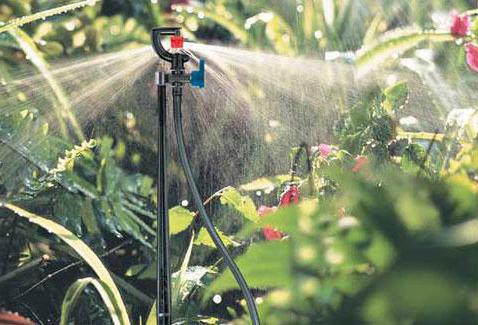
A hole is made in the bottom of such a container and a fitting is mounted. It is connected to watering hoses. Sprinklers are connected to them. Hoses are laid out between the beds. The water supply is controlled by a solenoid valve. After a certain period of time, electricity will be supplied to it from the control unit.
If desired, the process of filling the barrel with water can also be automated. For this, the submersible pump is connected to the float sensor via a micro switch. It turns out a system similar to a toilet tank. It is great if it is possible to connect the tank to a centralized water supply. In this case, a pump is not required.
Types of drip irrigation
DIY greenhouse automation can be performed using various materials at hand. For example, you can create drip irrigation in a simple way. To do this, go to the pharmacy. Several common medical droppers are purchased here. Small holes are made in them and lines are drawn between the plants. The end of each dropper is brought to the water supply.
To organize this system, you will also need a capacity of 15-25 liters. This design is applicable if the greenhouse is small and there are few plants in it. Instead of a dropper, you can also use self-tapping screws and screws. Also, you should prepare hoses, a valve for shutting off water communications.
Laying hoses near each bed, they screw in screws or screws. The opposite wall cannot be punched. You can adjust the pressure when unscrewing the screw.
Creating a drip irrigation system
Greenhouse Automation can be performed using drip irrigation system. To create it, you must first make a detailed greenhouse plan. In this case, the corresponding measurements are carried out.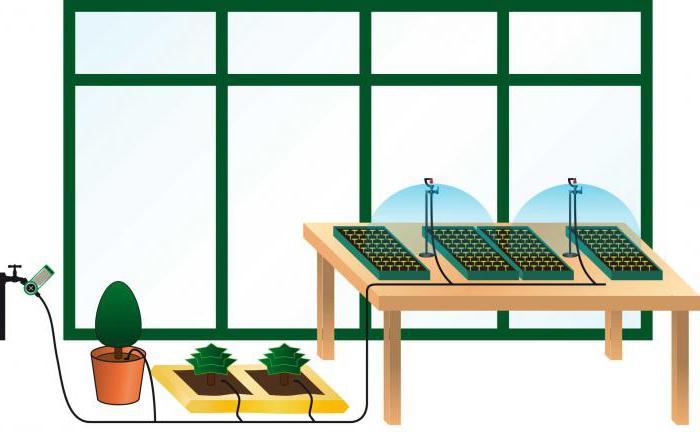
The above materials are purchased. The capacity must be installed at a height of 1.5 m above the ground. From the main water supply, lay out all the other irrigation hoses. It is recommended to install filters after the tank. On each line, shutoff valves are mounted.
Droppers or hoses should fit into the container, and their ends must be plugged. After that, water is collected in the tank and the functionality of the assembled system is checked.
Natural ventilation
Natural ventilation is very simple. Certain equipment and materials in this case will require greenhouse automation. Hydraulic cylinder can be purchased at specialized stores. You will also need a drill or screwdriver, as well as self-tapping screws.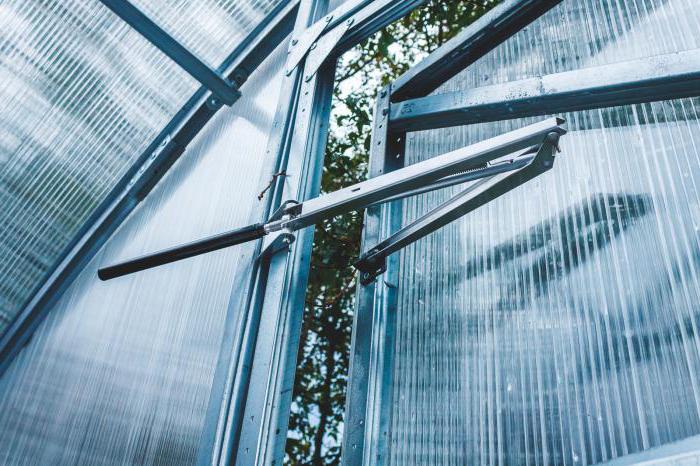
The principle of operation of this equipment is the periodic opening and closing of the sash window or greenhouse door. This occurs when the volume of air or fluid inside the system changes.When it is cold at night, the substance decreases in volume. The window leaf closes. The opposite happens during the day.
During installation, one foot of the cylinder is attached to the leaf of the window, and the other to the wall of the greenhouse. Next, the device needs to be adjusted. In the evening, the window must be closed. The rod on the hydraulic cylinder should be installed in the closed position. To do this, tighten the screw or nut. When the temperature becomes high during the day, it is necessary to check whether the window is open and whether this gap is sufficient for proper ventilation of the greenhouse.
Forced ventilation
Greenhouse Automation may suggest a fan. It will be powered by electricity. Such equipment will be required for a large greenhouse, which lacks natural ventilation.
In addition to the fan, you will need to prepare a thermostat, an appropriate electric wire (preferably copper). Also required are plastic distribution blocks, terminals, an electrical tester.
The temperature regulator must be installed inside the greenhouse in a convenient place for measuring. It should be connected to the network. A fan is connected to the free terminals of the thermostat. The power of the devices must be within the limits established by the manufacturer.
Next, the temperature controller must be set to the temperature at which the fan will turn on. After that, you can supply electricity to the system and test its operation.
Having examined how it is performed greenhouse automation, each owner of a summer cottage will be able to create the most comfortable conditions for the growth of various vegetables, fruits or berries in a greenhouse. Equipment can be controlled in various ways. The summer resident can choose the accuracy of the system by himself. In this case, the yield will be significantly higher than with manual ventilation and watering.